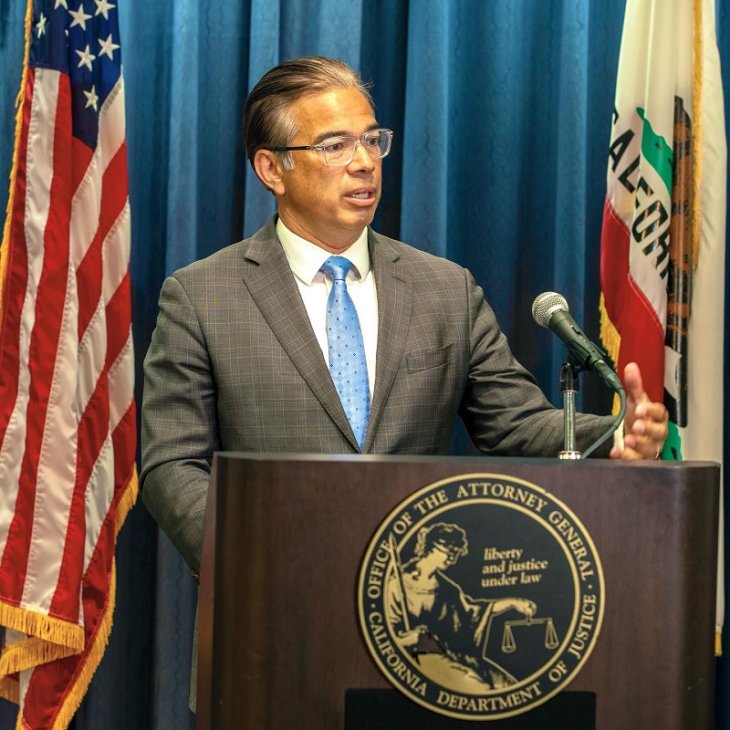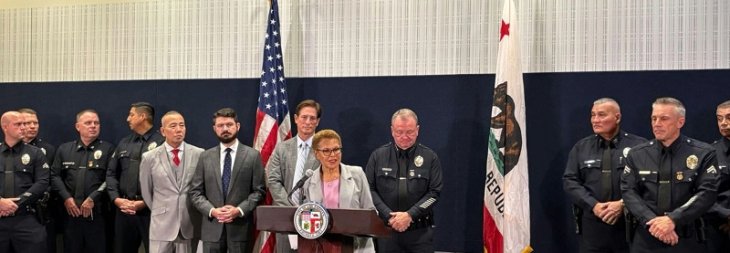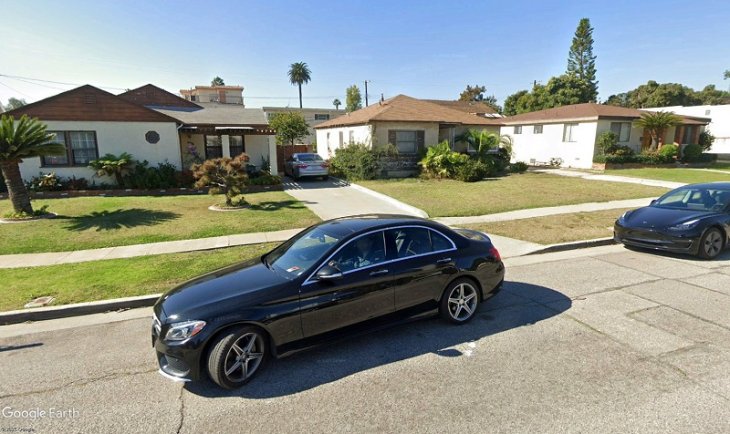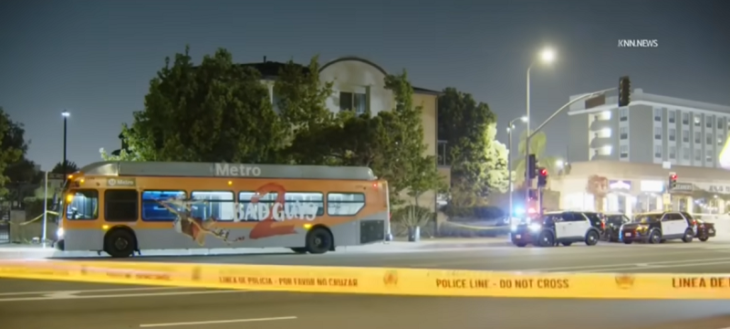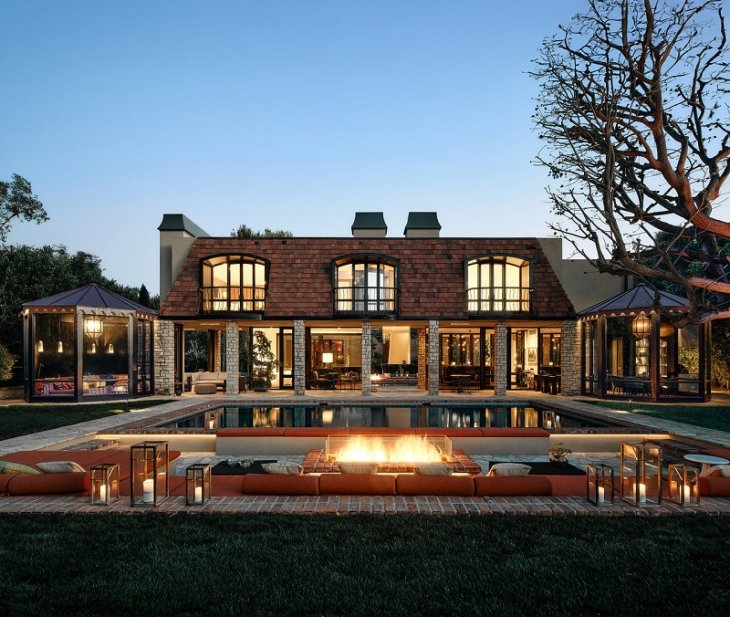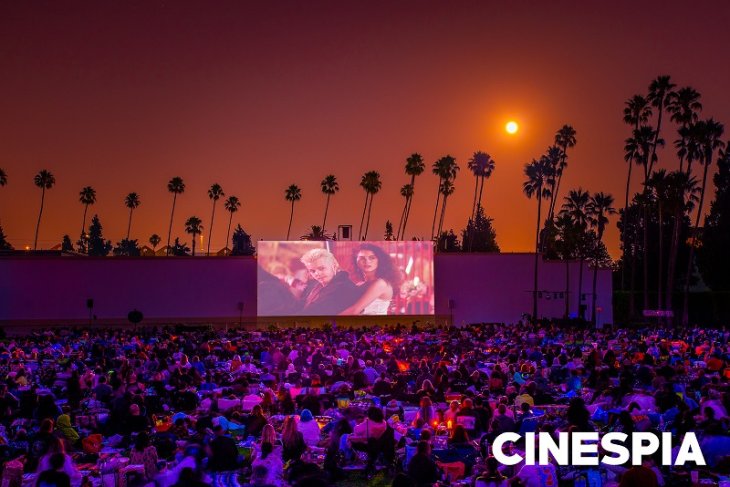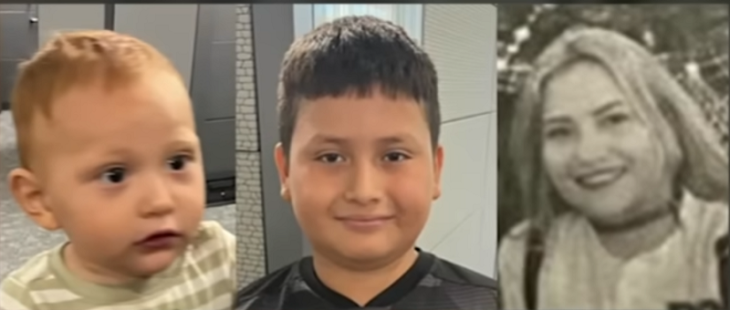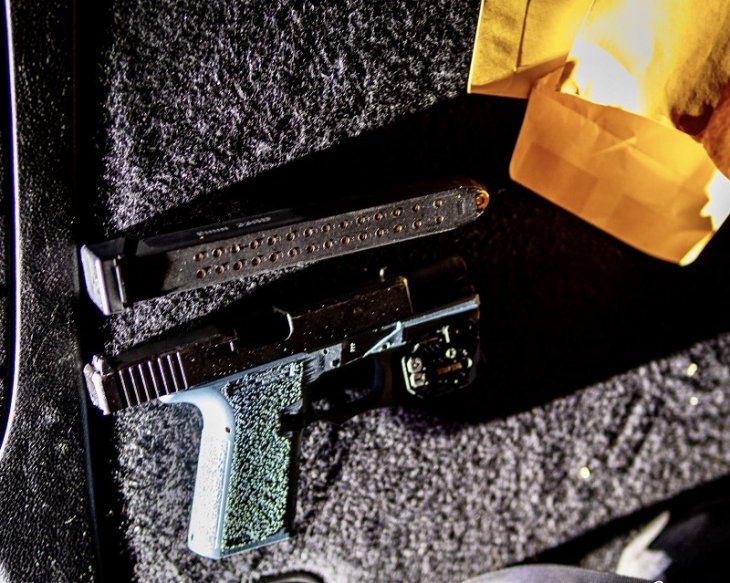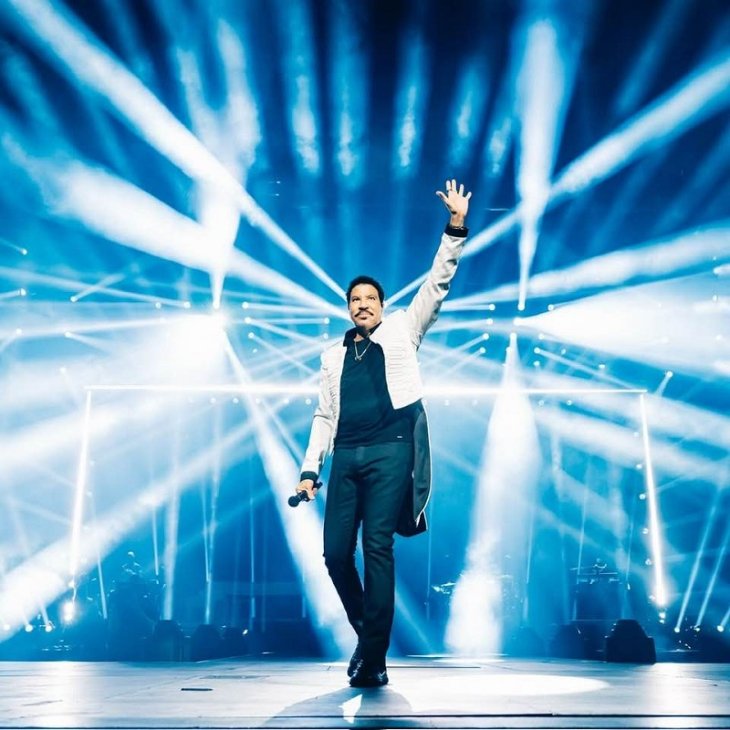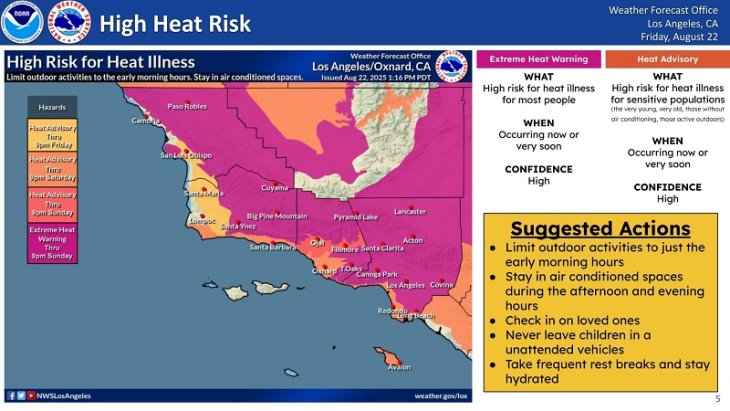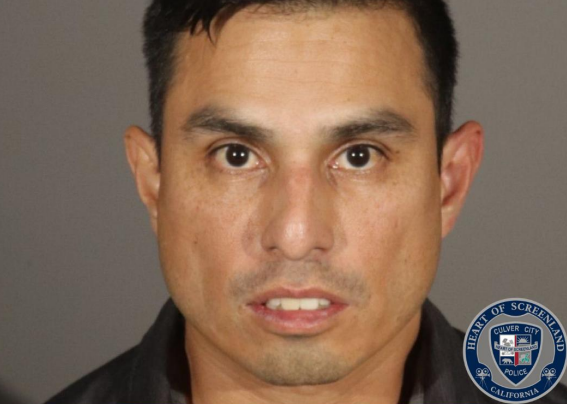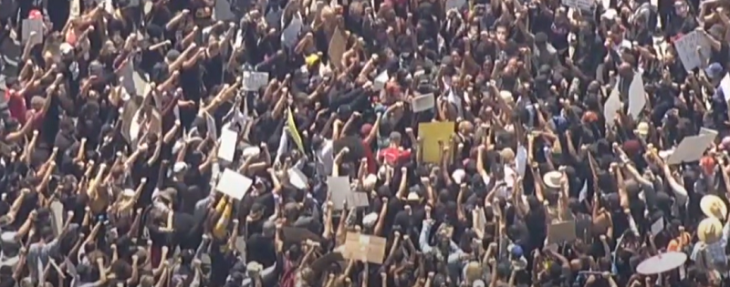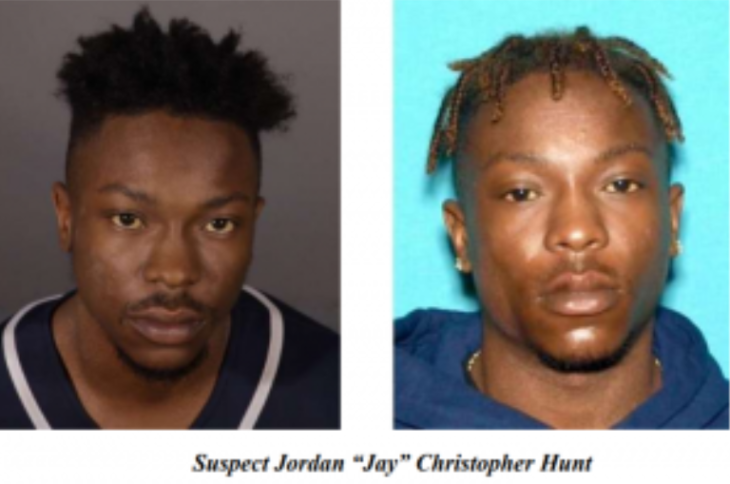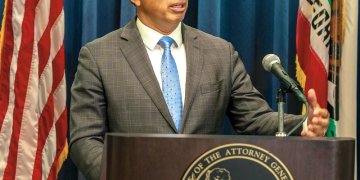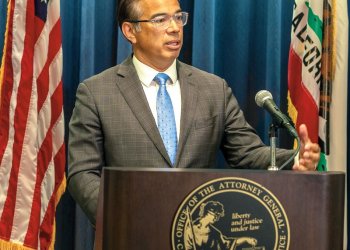L.A. City Council approves speed limit increase for many Westside streets.
By Sam Catanzaro
The Los Angeles City Council agreed las month to increase speed limits on over 100 miles of Los Angeles streets, including many on the Westside of Los Angeles.
Officials say the changes will resolve a many-years-long problem that has limited police officers’ power to issue tickets to speeding drivers.
Pending approval by Los Angeles Mayor Eric Garcetti, speed limits would increase on some of Los Angeles’ most recognizable thoroughfares, including many on the Westside the Palisades. Streets on the Westside that will see speed limit increases include:
- Cliffwood Avenue between San Vicente Boulevard and Sunset Boulevard (25 to 30 mph).
- San Vicente Boulevard between Wilshire Boulevard and Gretna Green Way (25 to 30 mph).
- Bristol Avenue between San Vicente Boulevard and Sunset Boulevard (20 to 25 mph).
- Burlingame Avenue between San Vicente Boulevard and Sunset Boulevard ((20 to 25 mph).
- Allenford Avenue between 26th Street and Sunset Boulevard (25 to 30 mph).
- Kenter Avenue between Bundy Drive and Homewood Road (25 to 30 mph).
- Allenford Avenue between 26th Street and Sunset Boulevard (25 to 30 mph)
- Capri Drive between Sunset Boulevard and Casale Road (25 to 30 mph)
- Napoli Drive between Amalfi Drive and Sunset Boulevard (25 to 30 mph)
- Chautauqua Boulevard between Sunset Boulevard (30 to 35 mph)
- Temescal Canyon Road between Sunset Boulevard and Pacific Coast Highway (40 to 45 mph)
- Entrada Drive between Pacific Coast Highway and the City Limit near Adelaide Drive (25 to 30 mph)
- West Channel Road between Ocean Avenue and Pacific Coast Highway (25 to 30 mph)
For the full list, click here.
The increases reflect a dilemma lawmakers have faced for decades on many miles of major streets: Increase the speed limit, or miss the opportunity to issue most speeding tickets.
This predicament originates from a decades-old state regulation intended to protect drivers from speed traps, which mandates cities to display speed limits that reflect the natural speed of traffic. If a speed limit is too low, or more than seven years old, police are not allowed to use radar guns or other electronic tracking devices to ticket drivers for speeding.
“In order for jurisdictions to legally enforce speed using electronic means, the California Vehicle Code requires that cities establish speed limits (or re-establish them every seven years or 10 years following a one-time three-year extension) using factual and impartial criteria. These factors induce prevailing 85 percentile (critical; speeds, collision history, and the existence of any conditions not readily apparent to motorists. These criteria are intended to provide an objective basis to set speed limits and preclude speed traps,” the Los Angeles Department of Transportation wrote in a report to Los Angeles City Council.
As recently as this summer, more than 200 miles of Los Angeles streets, including corridors that are among the deadliest for pedestrians and bicyclists, had expired limits and very little speed enforcement, according to the Los Angeles Times.
The Transportation Department’s proposal approved by Los Angeles City Council would raise the speed limit on 101.6 miles of Los Angeles streets and increase the portion of roads in which officers would be able to write speeding tickets to 97.5 percent of all streets in the City of Los Angeles.
Some members of the public, however, expressed concern that despite the intention of raising speed limits to issue more tickets to encourage safer driving, increasing these speed limits will inevitably put children at risk.
“Children walking and bicycling in our city are one of our most vulnerable populations. For some portion of each day, children walk along our streets. Recognizing that our youth may not have the maturity level to understand the risks and dangers associated with traffic crashes, SRTS implements engineering improvements to reduce motor vehicle speed,” the Overland Community Council wrote in a letter to City Council.

